First Baptist Church
Introduction
Text-to-speech Audio
Images
Church as it stands today.
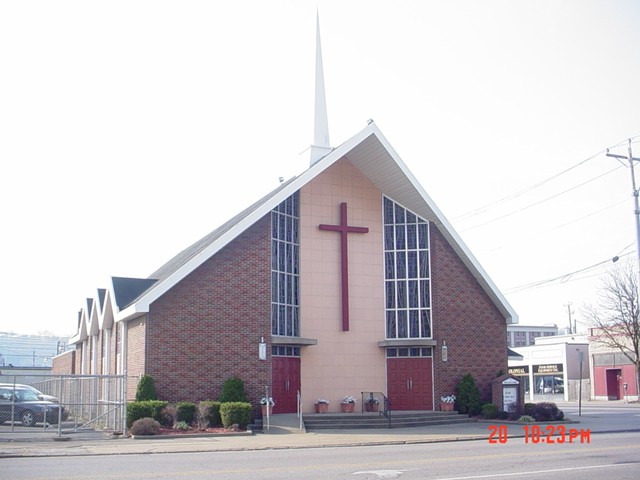
Rev. A.D. Lewis
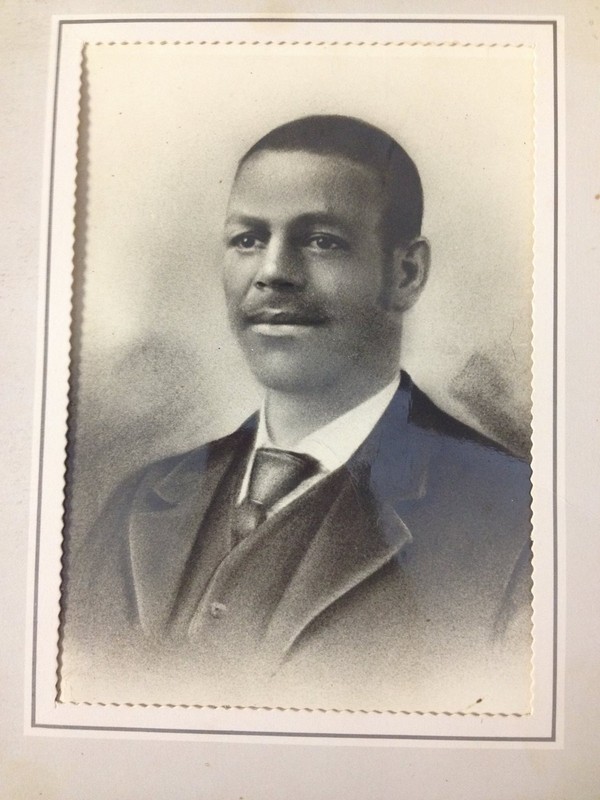
Part 1/2 of article on First Baptist. Photos show church before destruction in 1965. Courtesy of Marshall Special Collections

Part 2/2 of article
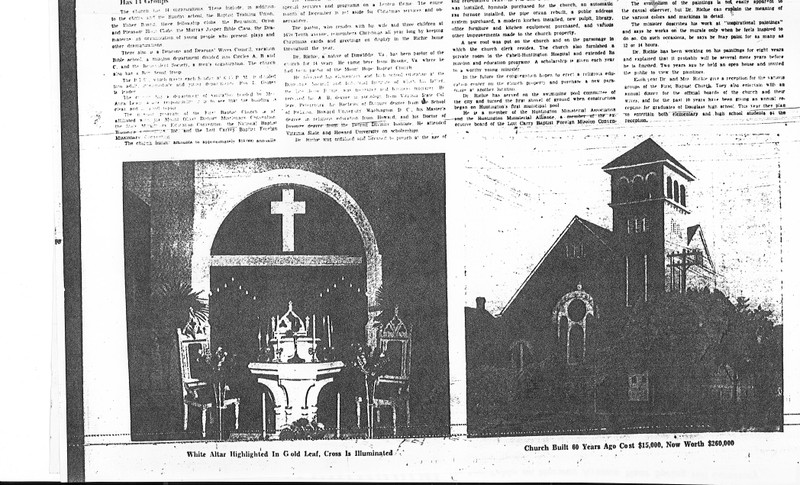
1985 anniversary program. Courtesy of Marshall Special Collections.
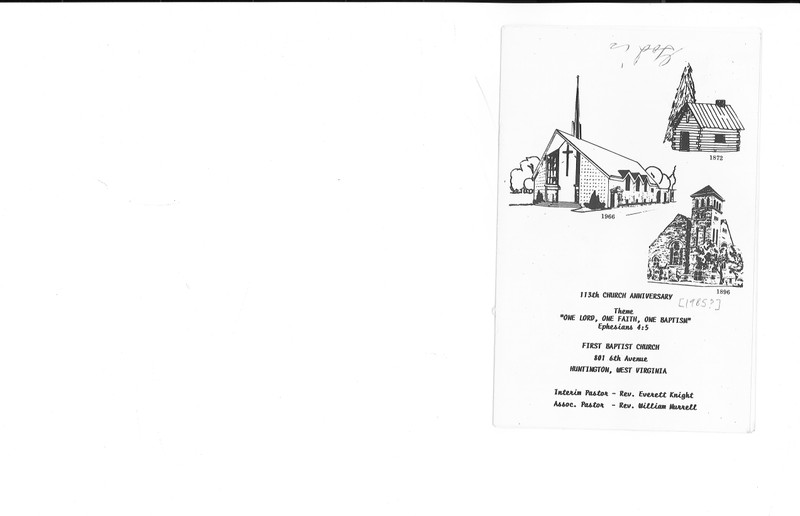
1957 anniversary program. Courtesy of Marshall Special Collections.
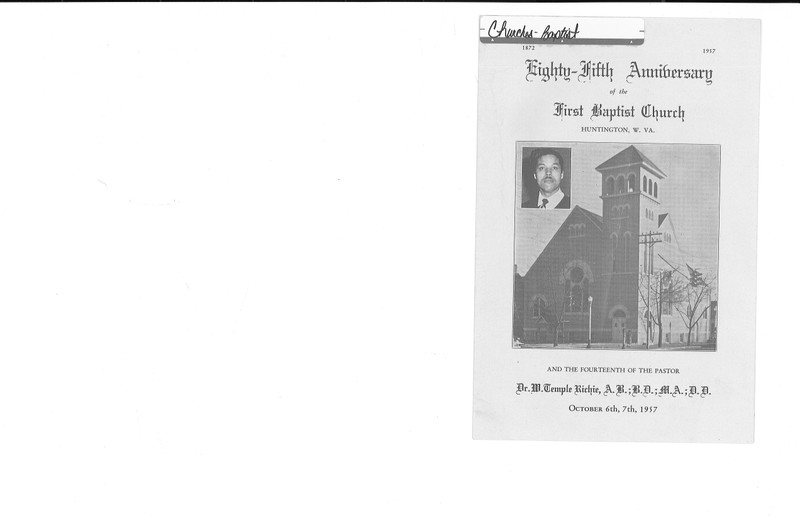
1988 anniversary program. Courtesy of Marshall Special Collections.
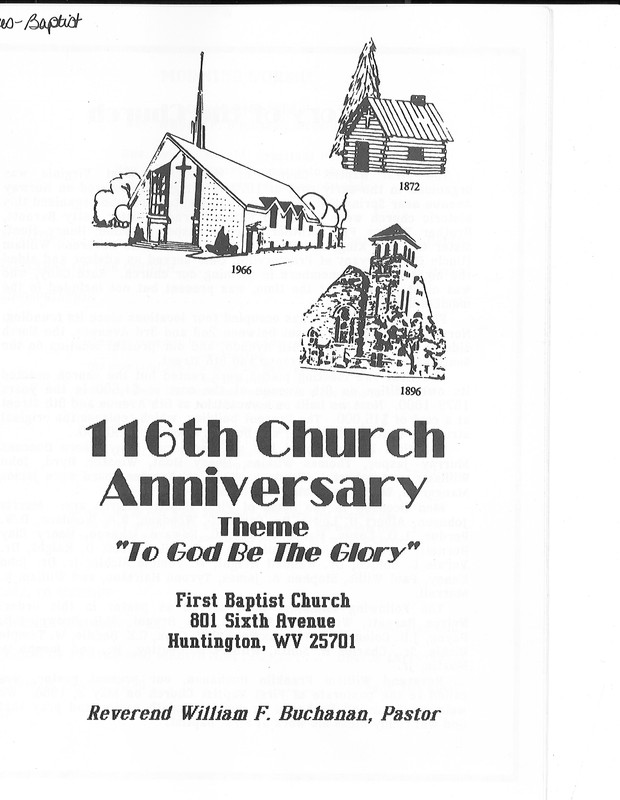
1986 article in new pastor at First Baptist. Courtesy of Marshall Special Collections.
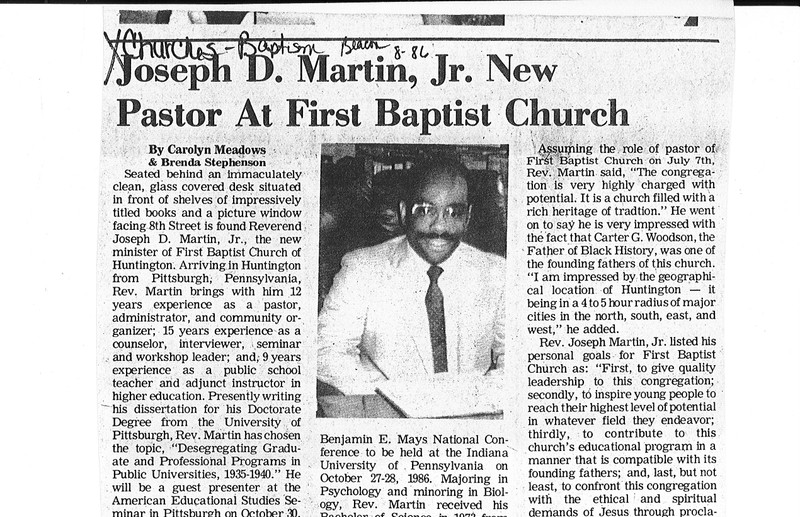
Backstory and Context
Text-to-speech Audio
Tradition indicates that the only African American church in the three-state area of Ohio, Kentucky, and West Virginia, near the Ohio River was Macedonia Baptist Church, located in the small community of Burlington in Lawrence County, Ohio. Macedonia Baptist Church was founded circa 1811 to 1813 as the Macedonia Missionary Baptist Church and provided religious services to Black residents residing on both sides of the Ohio River as part of the Providence Regular Missionary Baptist Association. The church was important in the training of laymen to become preachers of their own churches. With the initial founding of Huntington and the influx of Black families moving to the new town to work for the railroad or other employment, the African American community was in need of its own church south of the river
According to Dr. Cicero Fain’s dissertation, the first Baptist church founded in Huntington in 1872 was Mt. Olive Baptist Church that was initially located in a log house along Seventh Avenue. The church then began meeting at a structure on Norway Avenue near present-day Spring Hill Cemetery. The Reverend Nelson Barnett, whose family had moved to Huntington in 1873, was named pastor of the Mt. Olive Baptist Church shortly after being ordained. Mt. Olive Baptist Church was initially closely associated with the Macedonia Baptist Church and the Providence Regular Missionary Baptist Association, although the churches in West Virginia broke away and formed their own association, the Mt. Olivet Association in 1873, which became the West Virginia Baptist State Convention in 1878. Mt. Olive Baptist Church moved to Twelfth Street between Second and Third Avenues in the mid-1870s. The Reverend Nelson Barnett continued as pastor for nearly ten years. The church purchased land and erected a new church at 834 Eighth Avenue circa 1880. It is also during this period that Mt. Olive Baptist Church was renamed First Baptist Church. As Fain details in his dissertation, First Baptist Church roughly designated the western edge of Huntington’s Black community and Ebenezer United Methodist Church near Seventeenth Street served as an approximate eastern boundary of the growing Black residential area of the city. Nelson Barnett later served as pastor of Macedonia Baptist Church for four years (1884–1888).
Isaac Vinton (I. V.) Bryant was called by First Baptist Church to serve as its third pastor, a post that he filled from 1888 to 1891. Reverend Bryant also served as second term as pastor of the church from 1906 to 1923. Isaac Vinton Bryant was born in 1856 in Lawrence County, Ohio and joined Macedonia Baptist Church when he was approximately fifteen years old. He pastored churches in Catlettsburg, Kentucky, Ironton, Ohio, and Gallipolis, Ohio, before arriving at First Baptist Church in Huntington. Reverend Bryant taught school classes in many of the towns and cities in which he pastored churches. He also appears to have been admired as a public speaker at religious and public events. In the 1890s, under the leadership of Reverend Dr. William R. Brown, the congregation constructed a new building after purchasing adjacent property from the Central Land Company of West Virginia. The new sanctuary could accommodate seven hundred and the building also included a kitchen, fellowship hall, and classrooms. A parsonage was constructed next to the church. Between 1937 and 1943, the church was led by Reverend Charles Emerson Boddie and during his ministry the church began having integrated services with white downtown churches and campaigned against the execution of a Black prisoner at one of the state prisons.
After the death of Reverend W. Temple Richie in 1959, First Baptist Church called Reverend Charles H. Smith who served as pastor for 21 years. During Reverend Smith’s term the church’s community outreach programs included a fish market, grocery, credit union, restaurant, day care, and low-income housing. The church building was damaged by a fire in 1965 and was razed to make way for a new edifice. After sharing worship space at the Jewish Temple approximately five blocks away, the new $172,000 building containing nearly 16,000 sq ft was opened. The building contained a sanctuary with a three hundred and 50-person capacity, fellowship hall, classrooms, choir room, and offices. The blueprint drawings, dated 1966, are by Walter S. Donat, the same architect as the Ebenezer Community Outreach Center. According to Ancella R. Bickley’s article on Carl E. Barnett in African American Architects, A Biographical Dictionary, 1865–1945, Barnett, the son of Reverend Nelson Barnett, worked on renovations for First Baptist Church, which he attended. It is unclear what renovations this refers to, although the original drawings by Donat included a much larger church building that was reduced in size because of budget constraints. Under the leadership of Reverend William F. Buchanan from 1988 to 1994 the church again extended its community outreach programs to include Thanksgiving Day meals for those in need of a hot dinner, working with Habitat for Humanity, A. D. Lewis Community Center, the City Mission, and involvement with other downtown churches in Huntington. The pastors over the following twenty years continued various outreach projects to the benefit of both the church and the outside community.
The stained glass windows along the eastern wall share the history of the congregation and also relate significant events in African American history. One window includes images of chains and a sailing ship as well as the Revolutionary War, Emancipation Proclamation, Thirteenth Amendment, Brown v. Board, the Civil Rights Act, and the Voting Rights Act. A second window refers to John Brown, Walker Frye’s Landing, Frederick Douglass, and George Washington Carver. The third window on the sanctuary’s east elevation has images of the 1872 church on the hill near Norway Avenue, the 1896 First Baptist Church building, and the current building.
